My earliest memory of cricket is being taken by my father to watch a test match. It was while we were staying with my London grandparents so it would have been at Lords.
Cricket is quite a complicated game, so Dad had to explain what was happening as the day went on.
England were batting. At one stage there was prolonged applause, which puzzled me because it was not a spectacular shot and the batsman only scored one run. Dad explained that the run raised the batsman's total score to 100, which was called a century. Clearly this was a very good thing. I decided on the spot that, when I grew up, I would play for England and score a century.
My highest score in any kind of cricket with bowling from both ends is 19. I wonder what went wrong.
Back at home Dad taught me the basics; how to hold the bat, the forward defensive stroke and how to bowl overarm. There wasn't room to wallop the ball into the distance, and it was just bad luck when one of my mis-hits broke the bathroom window. I thought I would get into big trouble over that, but Mum was very understanding since I clearly didn't mean to break the window. I wonder now if Dad copped some flak later when the boys were in bed.
Fast bowling wasn't an option in the back garden so it had to be spin. I had got the clear impression that leg spinners were more admired than bowlers of off-breaks so I decided to be a leg spinner. Unfortunately I had misunderstood which way a leg break spun, and by the time I got my head straight about it, I was a practiced off spinner. I did try to change, but the results were so bad I had to admit defeat and stay with off-breaks.
Cricket was the summer game at secondary school. It was a boys only school so everyone played and many were clearly better than I was. Some of them bowled fast! My off-breaks didn't intimidate any batsman, but I was accurate, which can't be said of all schoolboy bowlers, and quite economical. I can't have been the feeblest of the rabbits because I did sometimes play when a team was selected from more than 11 volunteers.
The first time this happened was a middle school inter-house competition. There were 4 houses so we played the three others over consecutive afternoons. It was a limited overs competition, and I was only called on to bat once. I was the middle victim of a hat-trick.
Our captain didn't like me. The team was selected by the games masters, but that didn't mean the captain had to give me a bowl. So my contribution to the side was as a fielder. I confess I was pretty hopeless at this aspect of the game. But in the last game I did hold a catch. The ball was going over my head but, running backwards, I put my hands up and the ball stuck. Amazing.
Also astonishing was the reaction of the batting side. Normally the fall of a wicket was greeted with silence, or polite applause if the batsman had done well. Maybe a groan if the batsman had played an obviously silly shot. But this wicket was greeted with hoots of laughter while the batsman marched off shaking his fist at his team-mates. At the end of the game I asked why. Apparently the batsman had asked his captain for advice before going to the wicket. “Oh, just hit it hard towards Heritage.” After this confession their captain looked at me wryly and said, “Good catch, too.”
I even played for the school in some minor teams. It was in one of these matches I witnessed a shot that doesn't appear in any manual of batsmanship.
The opposing captain was bowling at medium pace and one delivery must have slipped out of his hand because it travelled the length of the pitch at head height. Unsurprisingly, the batsman flinched. It was a good flinch. He crouched so that his head was below the trajectory of the ball and raised his hands as if to protect his face. But he didn't let go of his bat, which swung up to the vertical at right angles to the line of the ball and, in defiance of all the rules of chance, middled it. The ball sailed away and pitched just inside the square leg boundary. There was a brief delay while the batsman was credited with four runs, accepted the bowler's apology and regained his composure.
In my final year at school I was made captain of the 3rd XI. Probably because of my age. Most of the squad were two academic years behind me. We practiced hard and I led my happy, young team to two draws and three defeats.
I was given no coaching at all in the art of captaincy and had to make it up as I went along. In one game I urged the batsmen to, “Keep the straight balls out and hit the wide ones hard.” I followed my own advice. The first two balls were straight and carefully defended. The next was short and wide of the off stump. I swung mightily at it, but I never could play the cut shot. I got a thick edge and the ball set off towards the stratosphere. The batsmen ran while the slip fielder took two or three steps to his right and waited calmly for the catch. The ball went so high we had crossed before it came back down. I tried to claim that I had grounded my bat at the non-striker's end before the catch was taken, but my team-mates would not allow that. I sometimes wonder if any test players can claim to have crossed before being caught at slip.
At university I didn't join the cricket club, but used one of the nets now and then with some friends. This led to a couple of invitations to play for the University 3rd XI. Normally they fielded only 2 teams and there weren't enough 'proper' cricketers to honour the fixture. One of these was against a school in Yorkshire while the university's top teams were playing against Hull University. I suffered the indignity of batting at number eleven and not being invited to bowl. The schoolboys beat us soundly, and wisely declined our invitation for a post-match drink.
I don't remember the other university game clearly, but I think we won and I took at least one wicket.
The traditional home of English cricket is, of course, village cricket. On one occasion I was able to participate. I was staying for a week on a farm in Devon. A boys' match was scheduled for the coming weekend. Would I like to play? “Yes, please.”
The ground for this contest was a field behind a churchyard, with hedges round the other three sides. Someone had mown a strip for the pitch, but the outfield had apparently not been given any attention. At least there were no cow pats to avoid. This seemed a bit primitive even for village cricket.
I was surprised to find that the ball was a tennis ball, soft and bouncy. It became clear that some of the players were probably only primary school age and they could have been hurt if the game was played with a hard ball. “This will be easy,” I thought, imagining how easily a six could be scored.
I found out soon enough when I went in to bat. It wasn't long before I received a ball that begged to be lofted into the churchyard. Imagine my surprise when the umpire's finger went up. The game was being played with a six-and-out rule, but no-one had told me.
As the game progressed it became apparent that the best player on either side was the opposing captain. Not a tall boy, he could bat, bowl, catch and throw well. His normal expression was a smile of great happiness.
When it was my team's turn to field I got a bit of bowling. I took a couple of wickets but mainly I was bowled because I was too straight to easily score off.
The general skill level was not high, and wickets fell frequently. It turned out that the afternoon was long enough for two innings each.
Foolishly, in my 2nd turn at bat I tried again to score in boundaries, but my second aggressive stroke found the hedge before it bounced and I was out for 10.
Wicket followed wicket and built up to an exciting finish. Our opponents needed 5 runs to win and had only one wicket left. I was given the ball. Would I be a hero or a villain? Inevitably the batsman facing me was the captain, his smile muted by fierce concentration.
As I ran up to the wicket for my first ball, the batsman rushed down the pitch. He was going for six-and-out to win the game. I was so startled I lost my run-up. As I prepared again to bowl my mind was in a ferment. I had no idea then how to respond to such a tactic. As my arm went over the ball slipped out of my hand and arced over the batsman, who seemed to be fully half way down the pitch. He aimed a tennis shot at the ball and missed.
The wicket keeper and closer fielders were jumping and cheering. Even when the ball slipped it went straight. It had looped over the advancing batsman and hit the top of the stumps as it came down. We had won by four runs.
After the stumps were drawn I sought out the unlucky batsman and mumbled an apology. He shrugged his shoulders. Then, “How old are you?”. “Sixteen.” His smile was replaced with anger. “Fifteen's the top age!” I squirmed. My hosts knew my age so it wasn't my fault. After a short while the face softened to its normal smile. “Any road, us 'ave 'ad fun.”








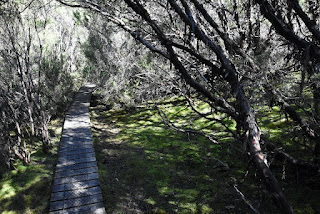










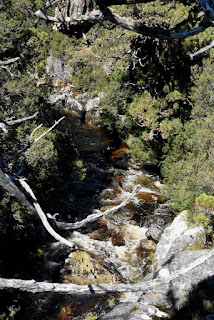


.jpeg)










.jpeg)
.jpeg)

.jpeg)
.jpeg)
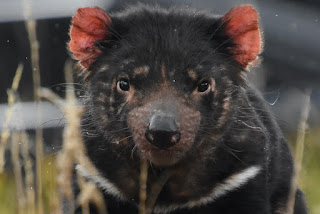





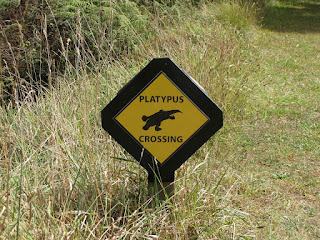





.jpeg)


.jpeg)

.jpeg)

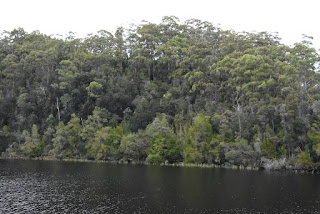
.jpeg)

.jpeg)
.jpeg)
.jpeg)
.jpeg)





